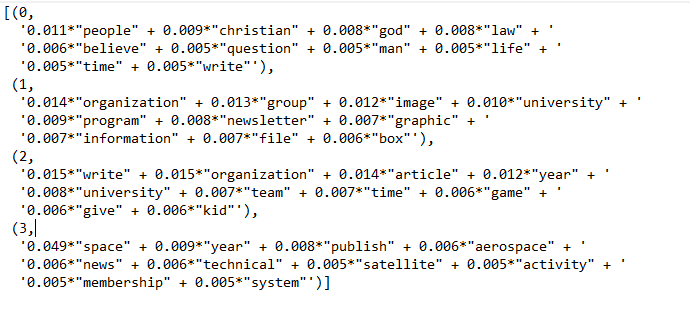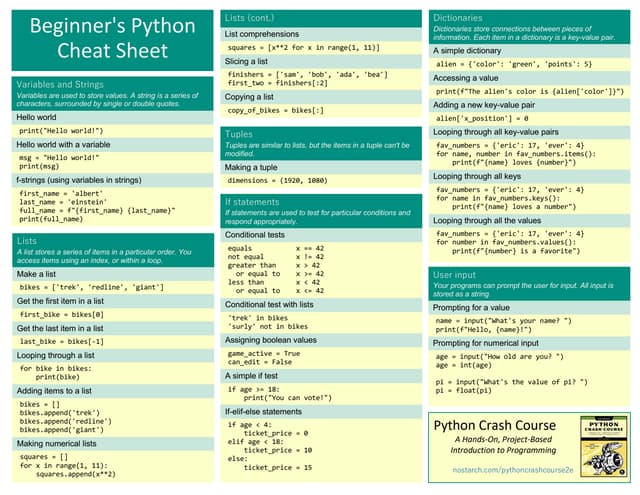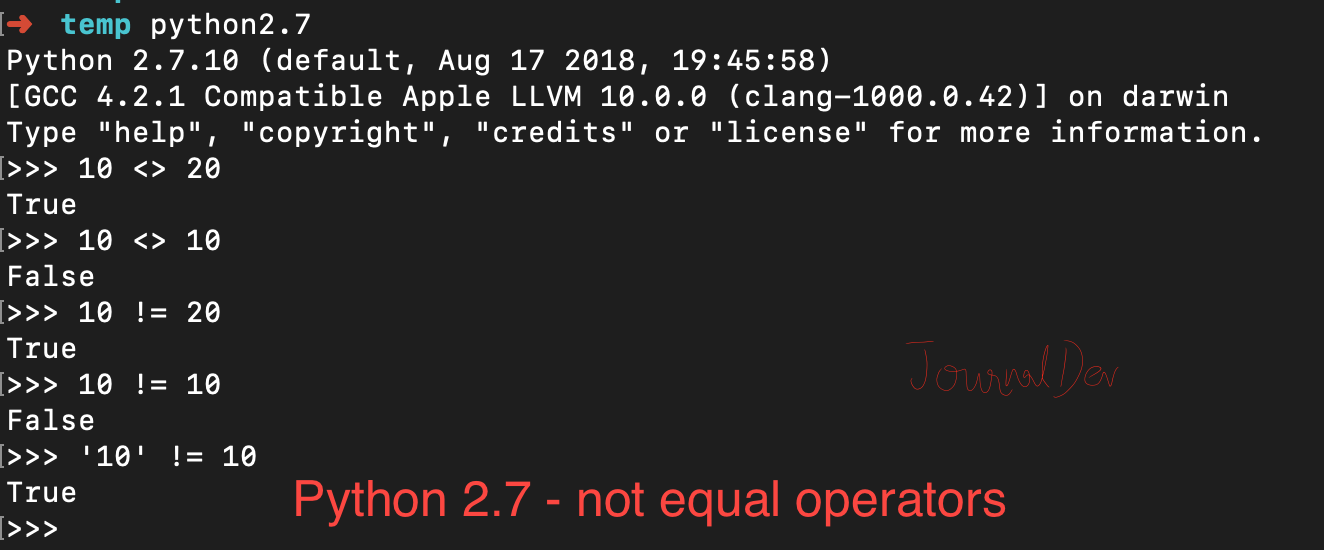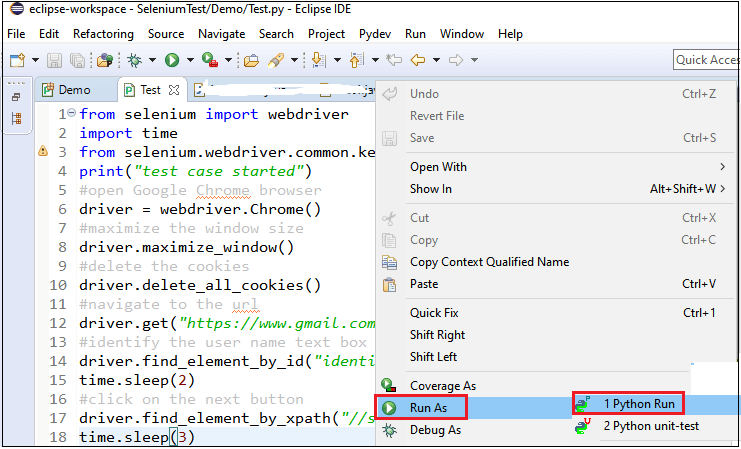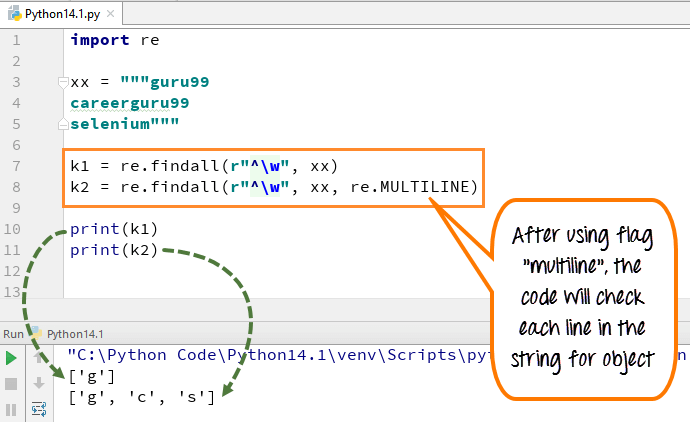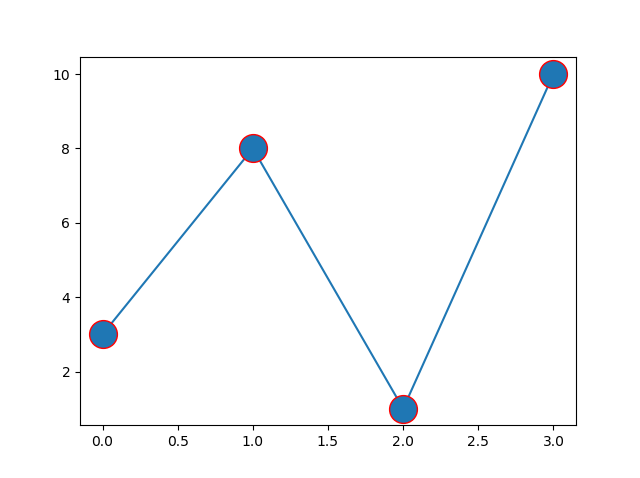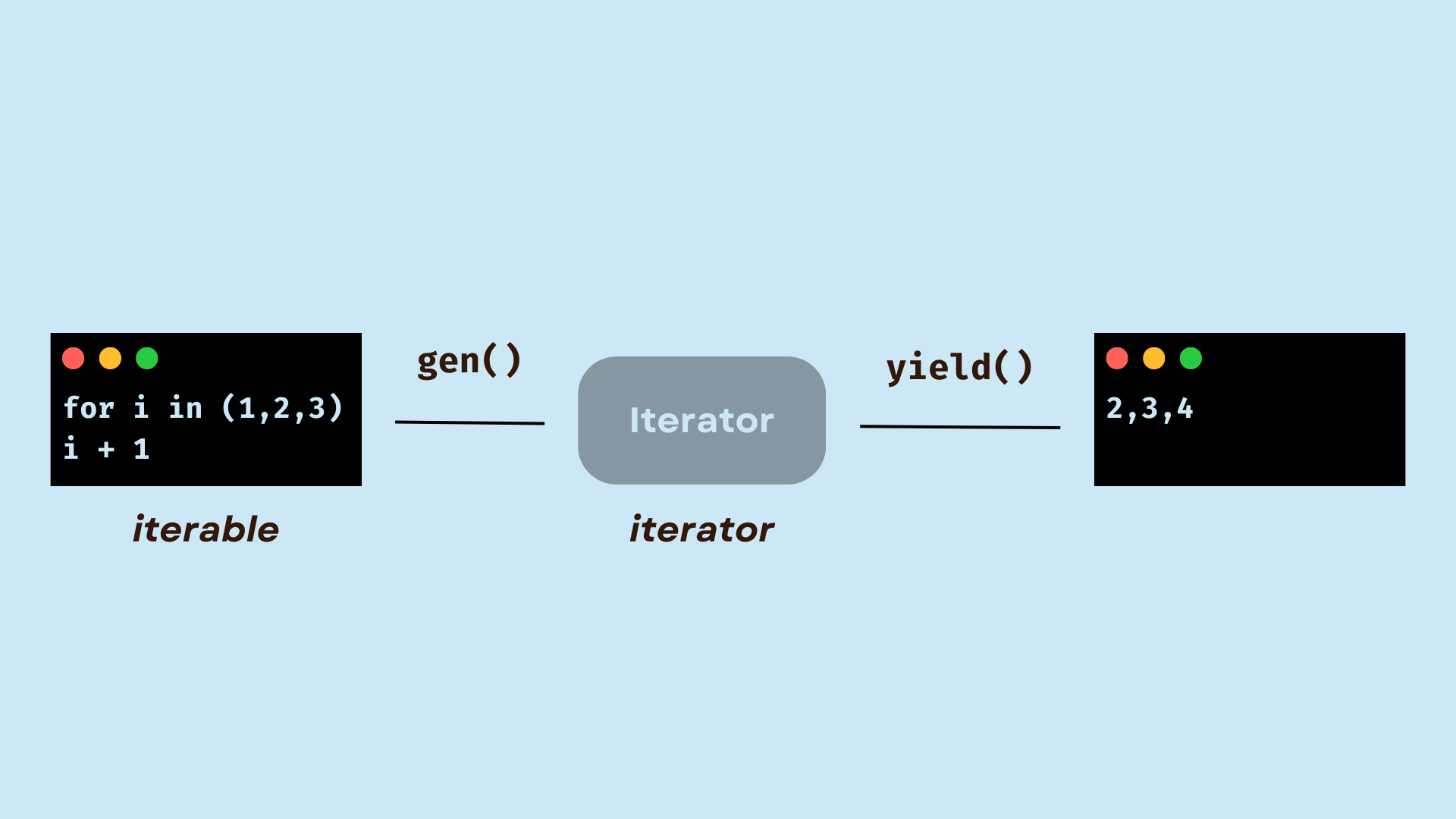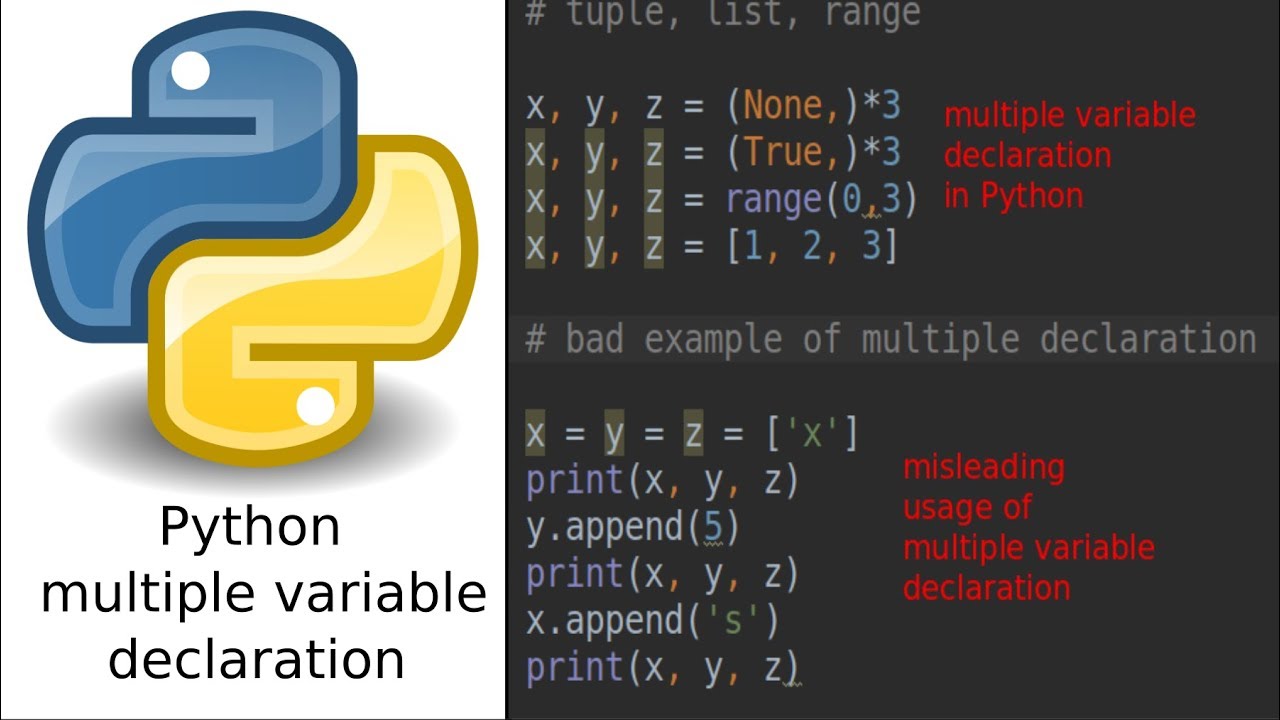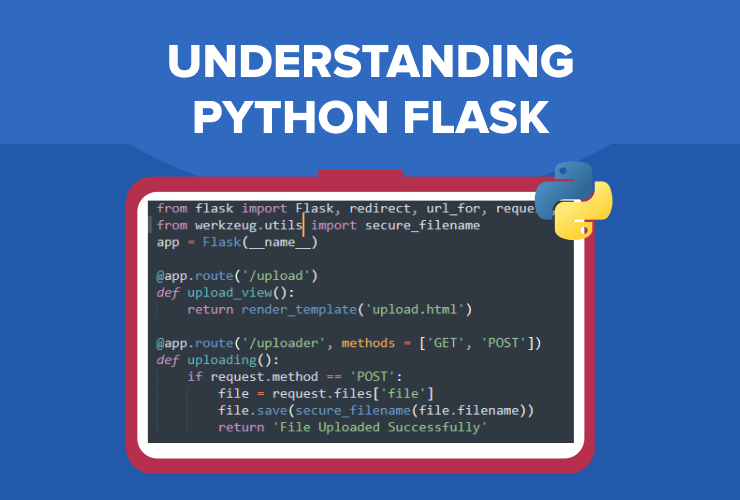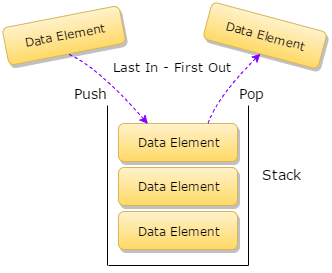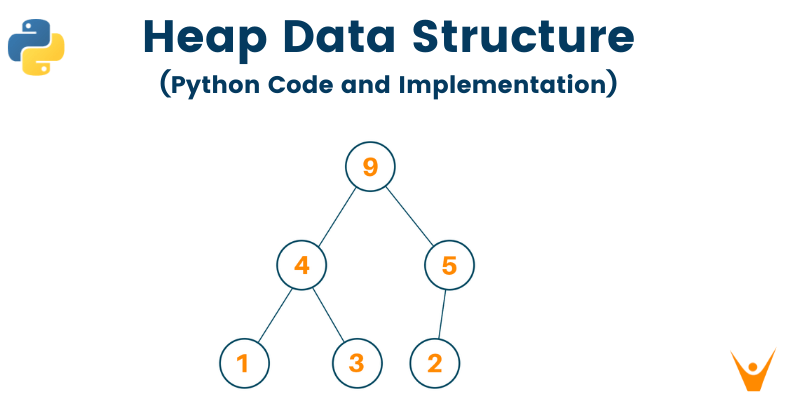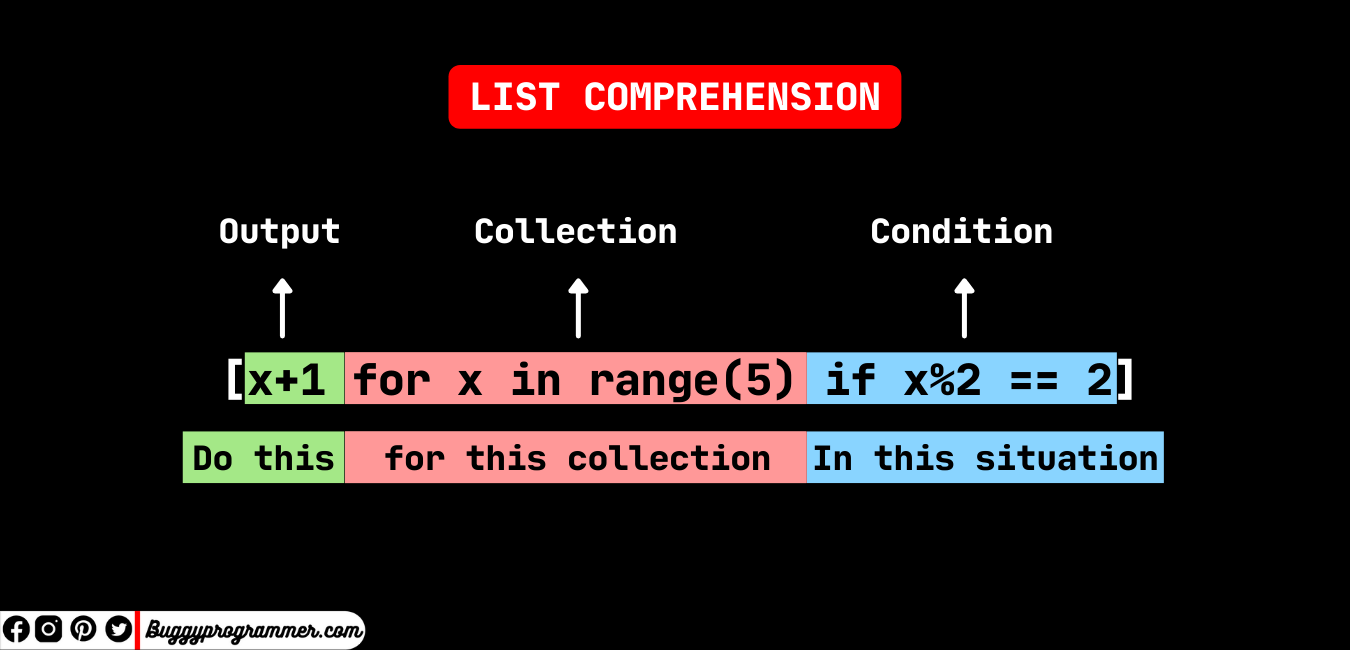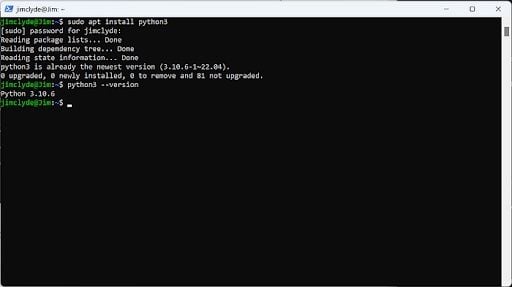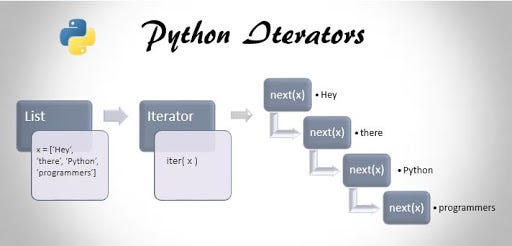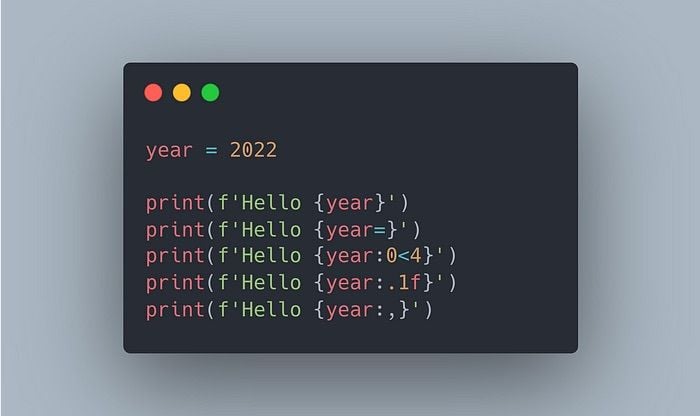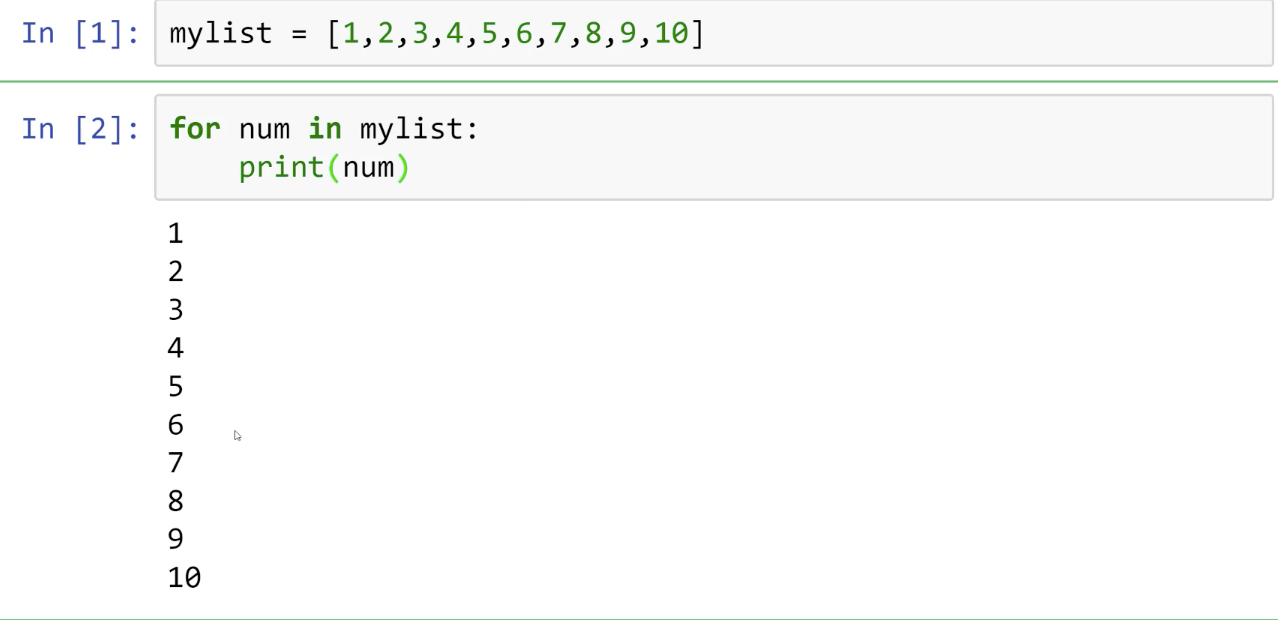What is the difference between identity and comparison operators in Python?
What is the difference between identity and comparison operators in Python?
I'd be happy to explain the difference between identity and comparison operators in Python!
In Python, there are two types of operators: identity operators and comparison operators.
Identity Operators
Identity operators check whether two operands (values or expressions) refer to the same object. These operators are:
is: Tests whether two variables point to the same object. is not: The opposite of is, it tests whether two variables do not point to the same object.
Here's an example:
a = [1, 2, 3]b = a
print(a is b) # True, because a and b refer to the same list
print(a is not c) # True, because a does not refer to some other variable c
In Python, when you assign an object to another name (like a = [1, 2, 3]), it creates only one instance of the object in memory. So, when we do b = a, we're essentially giving a new name to the same object that a refers to.
Comparison Operators
Comparison operators compare two values and return a boolean value indicating whether they are equal or not. These operators include:
==: Tests for equality. != (not equal): The opposite of ==, it tests for non-equality. < (less than): Tests whether the first operand is less than the second. > (greater than): Tests whether the first operand is greater than the second. <= (less than or equal to): Tests whether the first operand is less than or equal to the second. >= (greater than or equal to): Tests whether the first operand is greater than or equal to the second.
Here's an example:
x = 5y = 3
print(x == y) # False, because x and y are not equal
print(x > y) # True, because x is greater than y
These operators compare values based on their inherent meaning (e.g., numbers, strings, etc.). Python's comparison operators work with all types of data, including integers, floats, strings, lists, dictionaries, and more.
In summary:
Identity operators (is and is not) check whether two variables refer to the same object. Comparison operators (==, <, >, <=, and >=) compare values based on their inherent meaning.
When you need to determine whether two variables are the same or if their values are equal, you can use either identity operators for objects or comparison operators for values. Remember that these operators have different behaviors depending on whether they're applied to objects (identity) or values (comparison)!
Python logical operators w3schools
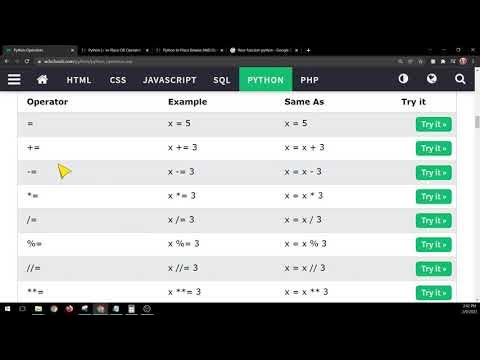
I'm happy to help you with that! Here's an explanation of Python logical operators and a reference to W3Schools:

Python Logical Operators:
In programming, logical operators are used to connect two or more conditions together to form a complex condition. They allow you to combine multiple boolean expressions into one. There are three main types of logical operators in Python: AND (and), OR (or), and NOT (not).
AND (and)
The AND operator returns True if both operands are True, otherwise it returns False.
Example:
x = 5y = 3
print(x > 2 and y > 1) # Output: True
In this example, the expression x > 2 evaluates to True and y > 1 also evaluates to True. Therefore, the overall result is True.
OR (or)
The OR operator returns True if at least one operand is True, otherwise it returns False.
Example:
x = 5y = 3
print(x < 10 or y == 3) # Output: True
In this example, the expression x < 10 evaluates to True, so the overall result is True. If both expressions evaluated to False, the result would still be True because of the OR operator.
NOT (not)
The NOT operator negates the result of an operand. It returns True if the operand is False, and vice versa.
Example:
x = 5print(not x < 0) # Output: False
In this example, the expression x < 0 evaluates to False, so the NOT operator returns False as well.
W3Schools Reference:
W3Schools is a popular online platform that provides tutorials and references for web development. Their Python tutorial has a section dedicated to logical operators. Here's an excerpt from their page:
"Python has three logical operators: AND (and), OR (or), and NOT (not). These operators are used in combination with conditions, which return either True or False.
The and operator returns True if both conditions are true.
a = 5b = 3
print(a > 2 and b > 1) # Output: True
The or operator returns True if at least one condition is true.
c = 5d = 3
print(c < 10 or d == 3) # Output: True
The not operator negates the result of a condition. It returns True if the condition is false, and vice versa.
e = 5print(not e < 0) # Output: False
I hope this explanation helps you understand Python logical operators better!

